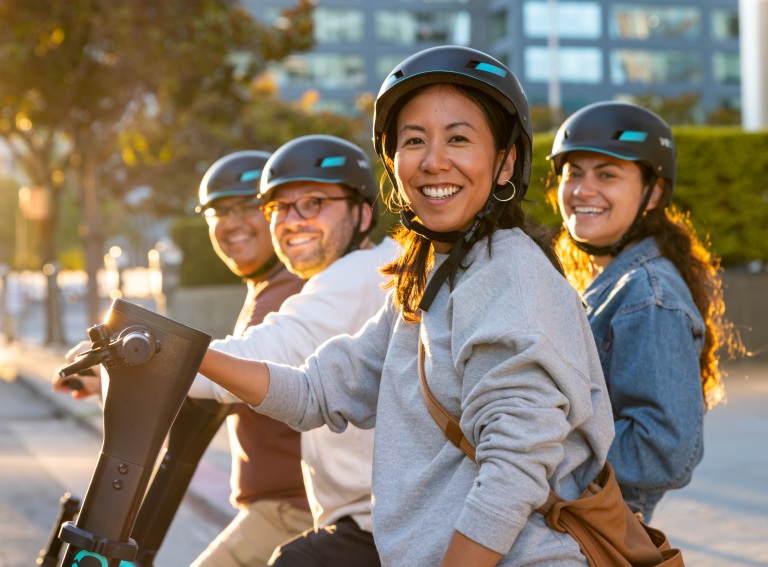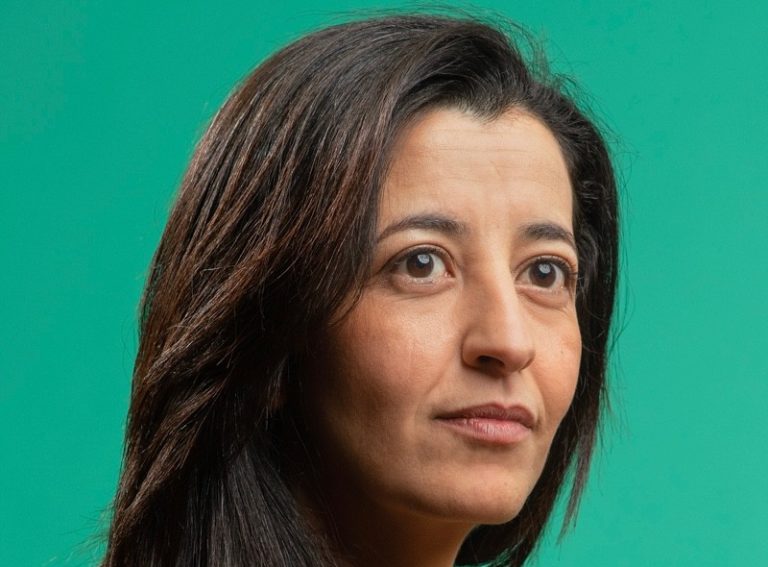Bosch eBike Systems went from a start-up to one of the market leaders under the management of CEO Claus Fleischer.
With 28 years at Bosch Group and 12 at its ebike division, Claus not only brings his wealth of experience to the field of new mobility technology but with a passion for mountain biking and alpinism he also brings soul.
Zag: Bosch started its e-bike division in 2009. How does this division relate to Bosch’s vision for continuing to be an important player in sustainable mobility?
CF: “At Bosch, we’re seeing that an e-bike makes the cyclist smile. They love to be outdoors, and they love an active lifestyle. With an e-bike, all the excuses get taken away like it’s too long, it’s too steep, it’s too stressful, it’s too sweaty. We find that people often spend two to three times longer on an e-bike compared to a regular bicycle. We want to develop the future of cycling with better products but also with better boundary conditions because I would say that the biggest barrier for most cyclists is safety. It’s rational safety in which you can count the numbers and figures, and it’s also the perceived safety – how safe do you actually feel riding a bike? There are many studies out there that tell us we could have more people riding on bikes if they would just feel safer and it’s not so much a question about the bike itself, but also about the infrastructure and getting cyclists away from cars, trucks, and buses.”
Zag: Keeping cyclists away from other vehicles and infrastructure falls under vehicle-to-vehicle communications (V2X). How are you approaching V2X?
CF: “The origins of V2X go back to communication between vehicles and infrastructure, or car-to-car communication. In this regard, we found that the invisible or the vulnerable road users like cyclists, e-bikers, and pedestrians were being forgotten by this technology. Now our aim is to make them digitally visible and we have the connectivity solutions around our e-bike systems to do so with batteries, sensors and a lot of data. In collaboration with other companies, we want to make the so-called Bike-2-X communication part of the V2X development. Cyclists need a digital safety shield around them to become individually visible based on communication between bicycles, infrastructure and cars.”
Zag: That’s a huge initiative. How long would it take?
CF: “Years. Which is why in North America we have brought together different players from the automotive, tech, communication and bicycle industries in the “Coalition for Cyclist Safety”. It’s all about collaboration and participation because we need a high adoption rate. If we forget about the potential of e-bikes, then it will be difficult to design into the V2X ecosystem later on. This is why we have also included car manufacturers at this point. This is not something that one company can do by itself. We’re working in committees because we have to define which technology, which data, which API, which protocol, which information to share in which sequence and many other aspects too. It’s basically about defining everything right now, and then prototyping. No real product can go on the market in the next two years at this point. There’s a lot to do.”
Zag: How can V2X, or Bike-to-X, improve road safety and encourage active mobility?
CF: “Firstly, it brings data generation and data processing for planning bicycle infrastructure, and also for safe routing for cyclists. If you have data on which areas are safe and which are unsafe, then you can assist city planners in investigating where to invest their infrastructure. Secondly, you can help cyclists with safe routing and tell them which route is better to take within the navigation when they plan their journey. Perhaps one route is more scenic and safer, but another is faster but more difficult. Then, V2X can broadcast an early warning to the cyclist that there may be a situation where they need to take special attention. For instance, if they cross paths with a car when they make a turn then they will get a warning. This real-time safety communication is something more for the long run of V2X.”
Zag: Another aspect of safety that e-bikes are having to prove is battery safety. As an industry leader, how are you approaching battery safety?
CF: “Battery safety has been a big topic from day one for us at Bosch because we started battery technology decades ago. We understand how to design a battery pack, a battery management system, and how to test for safety. There’s a whole set of rules, regulations and norms that you have to comply with, and we even go beyond on some of those regulations to ensure that there is no question mark behind the usage of an electric bicycle with lithium-ion technology because we know there is a high energy content. We want to minimise the risk of an incident associated with the mishandling of such a product, hence we’re involved in workshops and initiatives from industry associations to improve battery standards and also charging infrastructure, to make sure they go together hand in hand.”
Zag: In terms of the different areas of safety we’ve discussed, how do you think the world is progressing?
CF: “There are shiny examples like Amsterdam and Copenhagen. Everyone talks about Amsterdam, Copenhagen, and now Hamburg in Germany wants to become the next Copenhagen. They’re just investing too slowly. The budget will be there but the cities, the mayors, the city planners are just taking too long to put approval and administration into action.
“We’re talking with politicians and governments in Germany, Europe and all over the world to make clear that if you want to have more people on bikes, then you need a safe place to ride. Once the infrastructure is there, people will ride. We’ve already got the solutions, and they’re fascinating. We just need to speed up in converting public spaces and infrastructure to become more cyclist friendly.”





